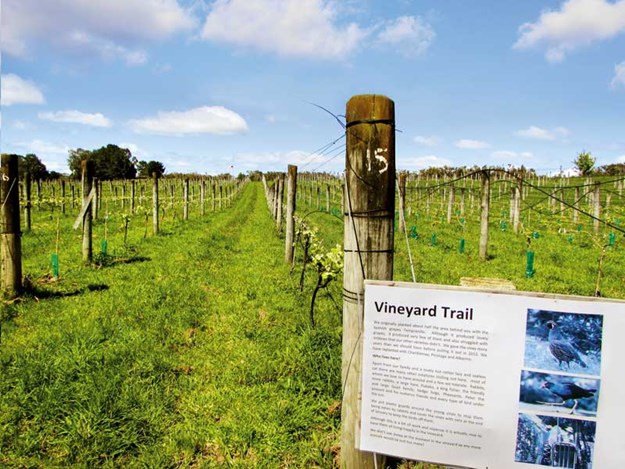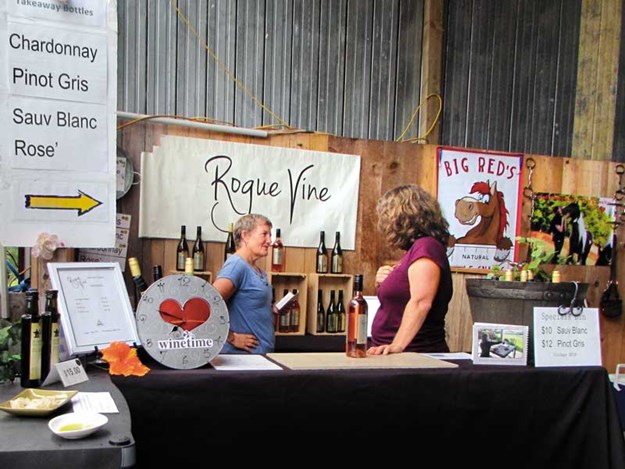This is my latest article in Caravans, Motorhomes and Destinations Magazine
Dargaville sits on the banks of the Northern Wairoa River, close to kauri forests, the golden sands of Ripiro Beach, and the inlets and bays of the Kaipara Harbour, making it an ideal base for exploring.
The promise of some sunny winter days lured us to this small town on Northland’s west coast. The NZMCA recently opened a park at the old Thompson’s boatyard site beside the river and within easy walking distance of the town centre. As we pulled in, we noticed two interesting, old boat-builder’s sheds. These sheds date back to Dargaville’s early days and were used to build whaleboats that the explorer Ernest Shackleton took to Antarctica.
Ernest’s thank-you letter, displayed in Dargaville Museum, praises the craftsmanship of the boats.
A brief history
Dargaville’s history is closely bound to the river. When the area was thickly forested, water transport provided the means to get from place to place. Later, as the forests began to be felled, kauri logs were loaded onto ships at Dargaville. The riverbanks still have many jetties and piles for boats to tie to, and there is a small boat harbour.
Politician and timber merchant Joseph Dargaville founded the town in 1872.
He realised the potential of the area and built a timber mill and trading post. Before long, he had added docks and tramways. Wanting to establish a town, rather than a bush settlement, he built shops and a church. Settlers began to flock in. The Central Hotel was established during this logging and ship building era, later advertising that it was close to the wharf and railway, and that telegrams were promptly attended to. The hotel still stands proudly by the river, its white paintwork gleaming as we strolled past.
After the kauri forests were felled, gum-diggers from Dalmatia settled in the area. Their heritage is celebrated by a statue in the town centre and also through exhibits and information at the Dargaville Museum. This is well worth a visit. As well as pioneering and gum-digging history, there is a maritime exhibition hall that showcases relics of ships wrecked on the Kaipara bar, and a Maori hall where there is a pre-European, 16-metre-long canoe hull, uncovered from the sands of the Pouto Peninsula.
KAURI COAST
It is ironic that the kauri, once felled in their thousands, are now treasured icons. Waipoua Forest, home to Tane Mahuta and other giant kauri trees, is around an hour’s drive north of Dargaville but closer is Trounson Kauri Park. James Trounson made the area a park in 1890. Since then, the park has expanded to 586 hectares and is a mainland island, home to not only kauri and other native trees but also kauri snails, bats, and brown kiwi.
The track at Trounson was a 40-minute loop, mostly on boardwalk, which helps protect the tree roots and prevent kauri die-back. Unfortunately, several of these marvellous trees have succumbed to the disease, though others towered above us. The bush was deep and green, full of spiky kiekie, neinei, and curling ferns, through which we heard the calling of tui.
Back on the main road, we called into Nelson’s Kaihu Kauri, a gallery of all things kauri.
Outside there was a large collection of swamp kauri logs and inside, an array of wooden arts and crafts, furniture, and kauri gum products. The gallery’s centrepiece is a 30-tonne kauri log dug from nearby peat swamps.
Ripiro Beach
As a contrast to kauri forests, we turned towards the coast. Ripiro Beach, at 101km, is the longest drivable beach in New Zealand, stretching from Manganui Bluff to Pouto. It can be accessed at several places. Last time we were in Dargaville, we walked along the beach, leaving from Kai Iwi Lakes and going as far as Maunganui Bluff. This time, we went to
Baylys Beach, driving through the seaside settlement and onto the beach.
White sand stretched as far as the eye could see in both directions. High dunes bordered the beach, some had darker layers protruding. This was lignite, containing embedded kauri logs that were buried under the sand around 60,000 years ago. There were few people in the empty landscape and just one patient fisherman standing ankle-deep in the sea.We took a loop road inland to Mahuta Gap, south of Dargaville. This entrance to the beach was between massive sand dunes and is only suitable for four-wheel drive vehicles. We drove steeply downhill before coming to what was more stream than road. This section of beach was similar to Baylys but was wilder and seemed more remote. Finally, we came to Glinks Gully, another holiday settlement with quite a few baches—some traditional, others more modern.
.jpg)
We then headed to the Pouto Peninsula, a 55km strip of mainly sand dunes that stretches from Dargaville to Pouto at the mouth of the Kaipara Harbour. It is quite narrow, varying from 4.5 to 14km in width, though the dunes are around 100 metres high, with the highest being more than 200 metres above sea level. From the road, we
could see down to the Northern
Wairoa River and across to the pyramid-shaped Tokatoka and the huge Maungaraho Rock.
GIANT KUMARA
Not all of the land surrounding Dargaville is sand; the area is known as New Zealand’s kumara-growing capital. As we drove back towards Dargaville, we saw a giant kumara at the roadside.
It was advertising the Kumara Box—an unusual attraction. Here, visitors can watch a show and learn everything there is to know about the vegetable. There is also a ‘train’ ride—a tractor towing brightly coloured carriages, made from oil-drums, around the farm.
Unfortunately, bookings are essential for the Kumara Box, so we had to pass on this occasion.
Dargaville Rail Tours is another unusual attraction. Trips in converted, self-drive golf carts leave from the town and, using the tracks of the old railway, pass through farmland to Tangowahine. A longer journey goes to Waiotira junction, taking between seven and eight hours (return). The same company runs 90-minute boat trips in a flat-bottomed boat called Daisy.
Kaipara Cruises occasionally host river trips in the harbour, leaving from Helensville, Dargaville, or Pahi. We took the Kewpie Too on a trip down the river from Dargaville to Pouto a couple of years ago. The commentary told us about the history and geography of the district before we disembarked at Pouto. From here, the tour was by bus to Pouto lighthouse, which was surprisingly small but atop a very steep sand dune.
For a small town, Dargaville has a lot to see and do. We’ll be back.
TRAVEL INFORMATION
- The NZMCA park is at 1 River Road, Dargaville, just across the Kaihu River bridge. There are several other motor camps, campervan parks, and Park Over Properties in Dargaville. Campervan sites are also available at the Dargaville Museum.
- Dargaville Museum is at Harding Park. Hours: November–March 9am–5pm, April–October 9am–4pm. Find out more at dargavillemuseum.co.nz.
- Trounson Park is off SH 12, 40km north of Dargaville. The easy loop walk takes 40 minutes. More information can be found on the DOC website. doc.govt.nz.
- Nelson’s Kaihu Kauri is on SH 12 at Kaihu. Hours: 9am–5pm Monday–Saturday. Visit nelsonskaihukauri.co.nz.
- The Kumara Box is at 503, Pouto Rd, Dargaville, kumarabox.co.nz.
- Information about Dargaville Rail and River Tours can be found at portdargavillecruises.co.nz. Kaipara Cruises has more info at kaiparacruises.co.nz.



.jpg)

.jpg)

.jpg)
.jpg)
.jpg)
.jpg)
.jpg)





































